Taisen Deshimaru and the transmission of Zen to Europe
Taisen Deshimaru (1914–1982) played a crucial role in the transmission of Zen Buddhism from Japan to Europe in the twentieth century. Building on the foundations laid by figures like Daisetz Teitaro Suzuki and Shunryu Suzuki in America, Deshimaru offered an experiential, practice-centered form of Zen that took root among Western audiences, particularly in France. His work helped establish a living Zen tradition outside of Asia, not through philosophical exposition alone, but by cultivating actual dojos, practicing communities, and a monastic presence.

Streetart picture of Taisen Deshimaru from the Zen Monk Jens Sho Shin Jansen, 2017, Frankfurt, Germany. Source: Wikimedia Commonsꜛ (license: CC BY-SA 4.0)
Biography
Taisen Deshimaru was born in 1914 in Saga Prefecture, on the island of Kyushu, Japan. He was raised in a family that practiced both Shinto and Pure Land Buddhism. In his youth, he was drawn to Zen, which he perceived as a more direct and uncompromising path.
As a young man, Deshimaru met and became a disciple of Kodo Sawaki, a famous Rinzai-trained Sōtō Zen master known for reviving lay practice and emphasizing shikantaza (“just sitting”). Sawaki was sometimes called “the homeless Kodo” because he spent much of his life traveling and teaching rather than leading a temple. Deshimaru trained informally under Sawaki for decades, integrating Zen practice into his everyday life, especially during World War II, when he served in various civilian capacities.
After Sawaki’s death in 1965, Deshimaru received Dharma transmission (shiho) from one of Sawaki’s close associates. Encouraged by Sawaki’s vision of bringing Zen practice to laypeople outside of Japan, Deshimaru set out for Europe.
Spreading Zen to the West
In 1967, without institutional backing, Deshimaru arrived in Paris. He initially struggled to find receptive audiences, working odd jobs while quietly establishing a small group of practitioners. Over time, interest grew, particularly among students, artists, and intellectuals searching for an alternative to Western materialism and existential disillusionment.
Deshimaru placed strong emphasis on zazen (seated meditation) as the heart of Zen. His teaching was direct and practical, stressing posture, breathing, and concentration over doctrinal study. He opened numerous dojos across France and Europe, planting the seeds of what would become a significant Zen movement.
In 1970, he founded the Association Zen Internationale (AZI), aimed at coordinating the growing number of European Zen groups. In 1977, he established La Gendronnière, a major Zen monastery and training center in the Loire Valley, which remains a key center for Zen practice in Europe today.
Refreshing Zen in the West
Deshimaru’s approach was distinctive. Rather than adapting Zen to suit Western tastes, he insisted on maintaining the authenticity of traditional practice, particularly the importance of daily zazen. Yet he also skillfully communicated Zen in a way that resonated with European audiences, using plain language, metaphors drawn from everyday life, and a certain humor that broke down cultural barriers.
He rejected intellectualization, arguing that Zen could only be understood through direct experience. In this, he shared a vision similar to that of his teacher Kodo Sawaki, as well as to Hakuin’s earlier emphasis on sustained, disciplined practice.
By grounding Zen practice in the realities of modern, lay life, Deshimaru reanimated the spirit of Zen as a living tradition rather than a cultural artifact. His model of “lay Zen” created space for serious practice outside traditional monastic structures, making Zen accessible without diluting its rigor.
Critiques and legacy
Compared to Daisetz Teitaro Suzuki, who introduced Zen primarily through scholarly writings and philosophical interpretation, Taisen Deshimaru focused on direct, lived experience. Suzuki made Zen intellectually accessible to Western audiences, especially through his emphasis on philosophical exposition and existential interpretation. In contrast, Deshimaru rooted Zen practice firmly in physical discipline and daily zazen, maintaining the rigorous spirit he inherited from his teacher Kodo Sawaki.
While Daisetz Suzuki offered an intellectual doorway into Zen, and while Shunryu Suzuki, who would later bring Zen to America, emphasized a gentler, more accommodating style that softened some of Zen’s harsher edges for Western practitioners, Taisen Deshimaru preserved the strict, traditional focus on sitting meditation without significant concessions to Western tastes. This fidelity to traditional practice sometimes limited his mass appeal but fostered a deeply committed core of practitioners.
Thus, Deshimaru’s method contrasted sharply with Daisetz Suzuki’s philosophical bridge-building and Shunryu Suzuki’s patient, nurturing approach. Instead, Deshimaru’s legacy lies in transplanting a vigorous, uncompromising Zen into European soil, ensuring that Zen practice in the West was not merely intellectual or aesthetic but rooted in bodily, everyday discipline and direct experience.
However, Deshimaru’s rapid expansion of Zen practice in Europe was not without controversy. Some critics argued that the accelerated pace of ordinations and the creation of European Zen teachers risked superficiality. Others felt that his insistence on traditional forms sometimes clashed with evolving Western values around authority and hierarchy.
Despite these critiques, Deshimaru’s achievements remain undeniable. His significance lies not merely in expanding Zen’s geographical reach but in successfully rooting a living, practice-centered tradition into European soil. By maintaining the primacy of direct experience over theoretical study, Deshimaru ensured that Zen in Europe became more than a philosophical curiosity or aesthetic influence; it evolved into a transformative way of life for thousands of practitioners. Through personal charisma, unwavering commitment to zazen, and the building of robust institutions, Deshimaru established a vibrant Zen presence in Europe. Today, many Zen dojos, monasteries, and teachers trace their lineage directly to him.
Deshimaru also left a substantial body of teachings, many of which were recorded and later compiled into books, such as “The Voice of the Valley,” “Sit,” and “Questions to a Zen Master,” helping to preserve his practical, earthy style of instruction.
He died in 1982, but his students and successors continued to expand the movement he initiated, ensuring that Zen practice in Europe would not be a passing trend but a lasting tradition.
Conclusion
Taisen Deshimaru’s role in the transmission of Zen Buddhism to Europe marks one of the most significant chapters in the modern global spread of Zen. At a time when Zen was known in the West primarily through scholarly interpretations, such as those offered by Daisetz Teitaro Suzuki, Deshimaru emphasized living practice over theoretical engagement. His method was rooted in the daily discipline of zazen, maintaining the rigorous, embodied spirit of his teacher Kodo Sawaki without diluting it for Western audiences.
Throughout his life and teaching, Deshimaru remained committed to the idea that Zen is fundamentally experiential. He rejected both the intellectualization of Zen into a philosophical system and the romanticization of Zen as a cultural or aesthetic object. Instead, he offered a model of Zen that was practical, immediate, and accessible to laypeople without sacrificing the seriousness of traditional training. His insistence that Zen be grounded in the realities of ordinary, modern life — through consistent meditation practice — allowed many Europeans to engage deeply with the tradition in a way that went beyond surface-level interest.
Critically, Deshimaru’s rapid success in establishing Zen communities across Europe was both his strength and his vulnerability. The swift ordination of new teachers and the expansion of dojos raised concerns about the depth and maturity of some transmissions. Yet it would be simplistic to reduce Deshimaru’s legacy to questions of institutional rigor. His real contribution lay in creating the conditions for a living Zen tradition to emerge on European soil. A tradition rooted not in ritual alone, nor in scholarship alone, but in daily, personal engagement with the heart of Zen practice.
When compared to other major figures like Daisetz Teitaro Suzuki and Shunryu Suzuki, Deshimaru’s distinctiveness becomes clear. Daisetz Suzuki opened intellectual pathways, introducing Zen through philosophical dialogue with the West. Shunryu Suzuki later softened Zen’s rigor to meet American cultural sensibilities, emphasizing openness, patience, and gradual practice. Deshimaru, by contrast, transplanted an uncompromising, bodily form of Zen, insisting that awakening arises from discipline, posture, and the repetition of sitting itself, not from philosophical contemplation or cultural adaptation.
In this sense, Taisen Deshimaru did not merely bring Zen to Europe; he gave it roots. His work ensured that Zen in the West would not remain an exotic curiosity or a passing intellectual trend, but would instead evolve into a genuine, living practice tradition. The network of dojos, monasteries, and teachers that continues to flourish across Europe today bears testament to the profound and lasting impact of his vision.
Ultimately, Deshimaru’s legacy reminds us that the vitality of Zen lies not in its transmission as doctrine but in its continuous realization through practice. A lesson that remains relevant for all future generations seeking to engage authentically with the Zen path.
References and further reading
- Oliver Bottini, Das große O.-W.-Barth-Buch des Zen, 2002, Barth im Scherz-Verl, ISBN: 9783502611042
- Heinrich Dumoulin, Geschichte des Zen-Buddhismus, Band 1+2, 2019, 2., durchgesehene und erweiterte Auflage, Francke A. Verlag, ISBN: 9783772085161
- Hans-Günter Wagner, Buddhismus in China: Von den Anfängen bis in die Gegenwart, 2020, Matthes & Seitz Berlin, ISBN: 978-3957578440
- Jr. Buswell, Robert E., Jr. Lopez, Donald S., Juhn Ahn, J. Wayne Bass, William Chu, The Princeton dictionary of Buddhism, 2014, Princeton University Press, ISBN: 978-0-691-15786-3
Deshimaru’s most important works:
- Taisen Deshimaru, Za-Zen: Die Praxis des Zen, 1. November 2003, Kristkeitz, Werner; N.-A Edition, ISBN-10: 3932337115
- Taisen Deshimaru, Die Stimme des Tales, Kristkeitz, Heidelberg-Leimen, 1979, ISBN 978-3-921508-18-3
- Taisen Deshimaru, Zen in den Kampfkünsten Japans, Knaur, München 1985, ISBN 3-426-04130-8
- Taisen Deshimaru, Die Lehren des Meister Dōgen. Der Schatz des Sōtō-Zen. (aus dem Französischen von Regina Krause), Diederichs, München 1991, ISBN 3-424-01024-3
- Taisen Deshimaru: Die Lehren des Meisters Dōgen. Der Schatz des Sōtō-Zen. aus dem Französischen von Regina Krause; Diederichs Gelbe Reihe 90, Eugen Diederichs Verlag, München 1991 ISBN 3-424-01024-3.
- Taisen Deshimaru, Sitzender Drache. Lehren von Meister Deshimaru, Angkor, Frankfurt 2001, ISBN 3-936018-15-4
- Taisen Deshimaru, Fragen an einen Zen-Meister, Kristkeitz, Heidelberg-Leimen 2002, ISBN 3-921508-98-3
- Taisen Deshimaru, Dokan. Täglich Za-Zen, Kristkeitz, Heidelberg-Leimen 2002, ISBN 3-921508-85-1
- Taisen Deshimaru, Autobiographie eines Zen-Mönchs, Theseus Verlag, Zürich 1990, ISBN 3-85936-015-9
- Taisen Deshimaru, Zen, Albin Michel, Zürich 1993, (Französisch), ISBN 2-226-06268-8
- Taisen Deshimaru, Shinjinmei: Gedichtsammlung über den Glauben an den Geist, 1979
- Taisen Deshimaru, Hokyo-zanmai: Samadhi des Schatzspiegels, 1981
- Taisen Deshimaru, Yoka-Daishi, Satori hier und jetzt: Yoka Daishis “Shodoka”, 1982
- Taisen Deshimaru, Sekito, Sandōkai: die Einheit von Essenz und Erscheinung; ein Zen-Text, 2002

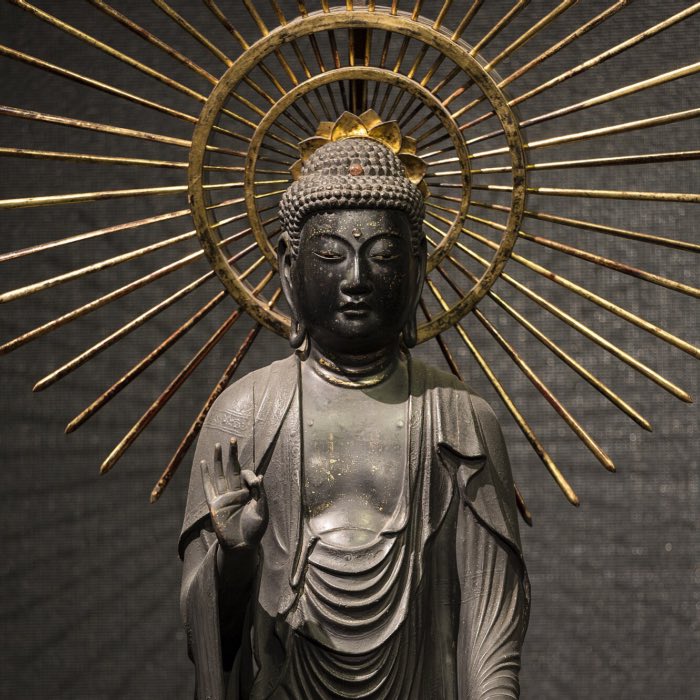
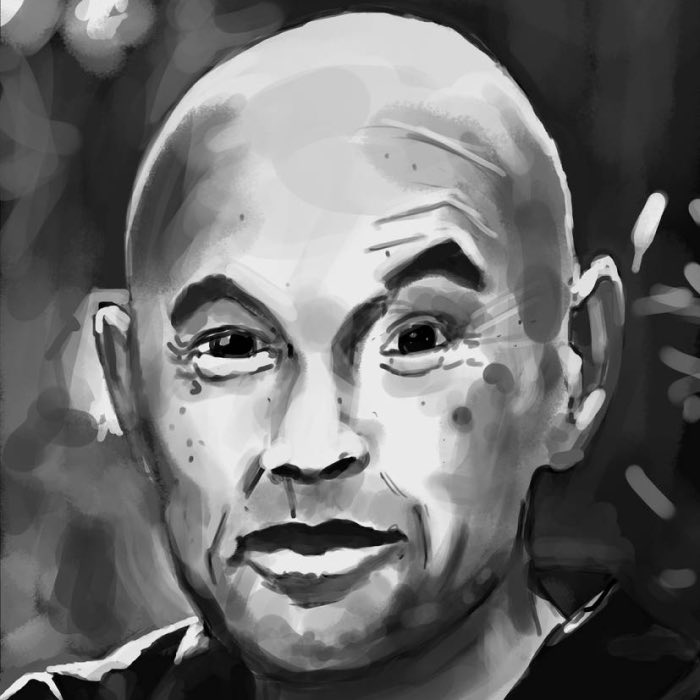
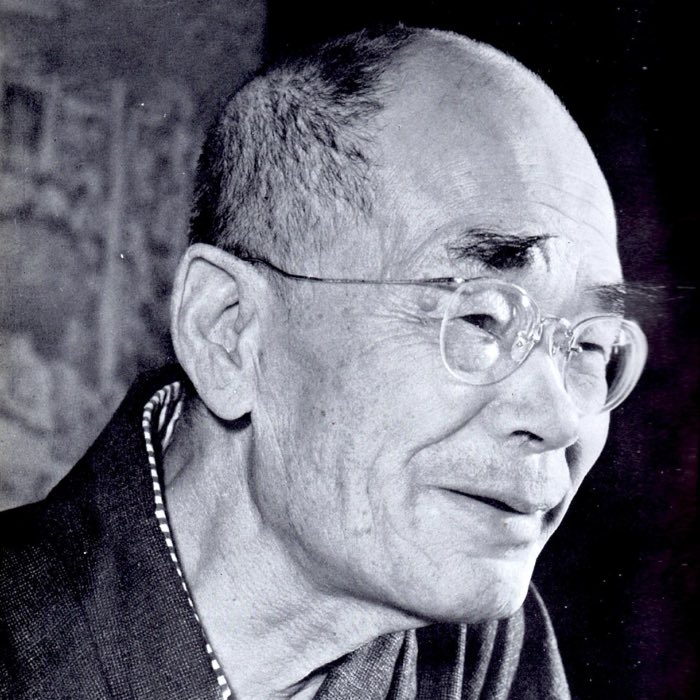
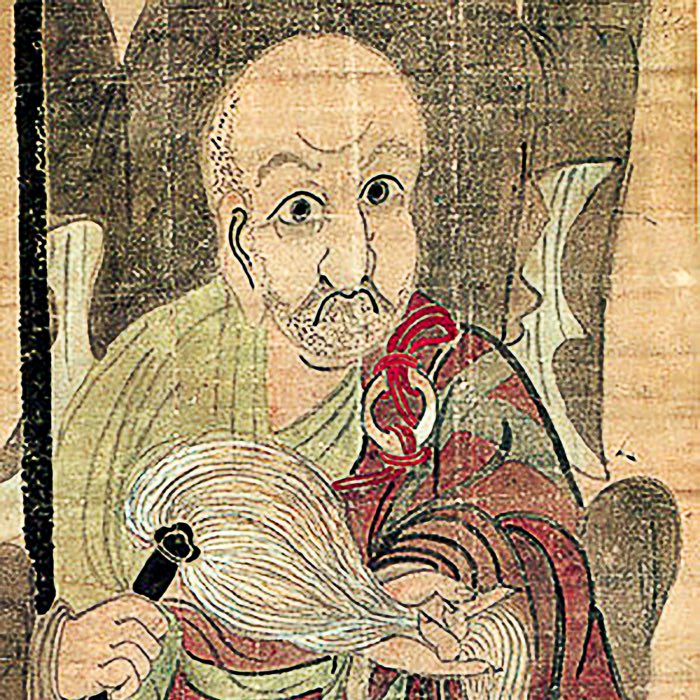
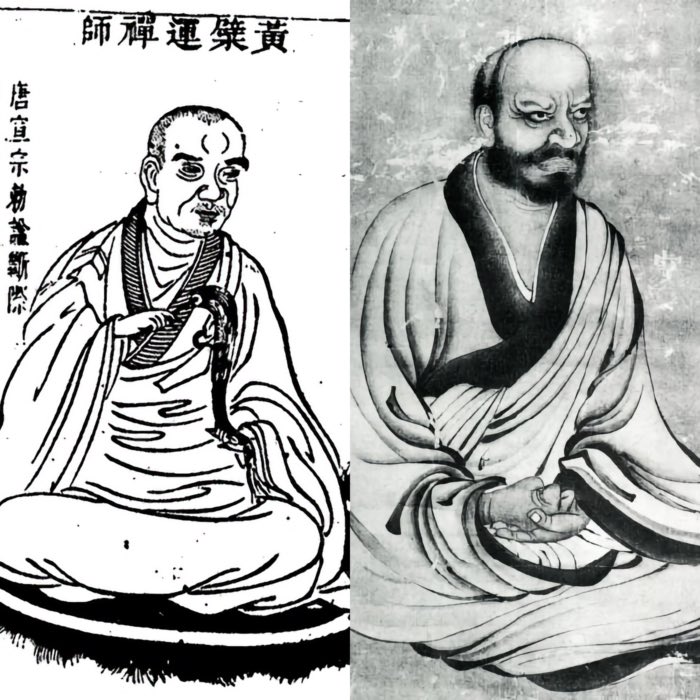
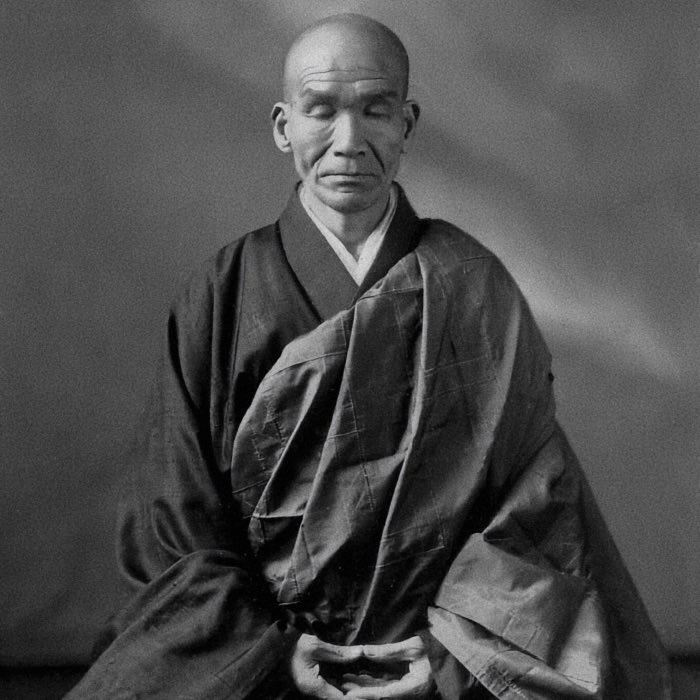



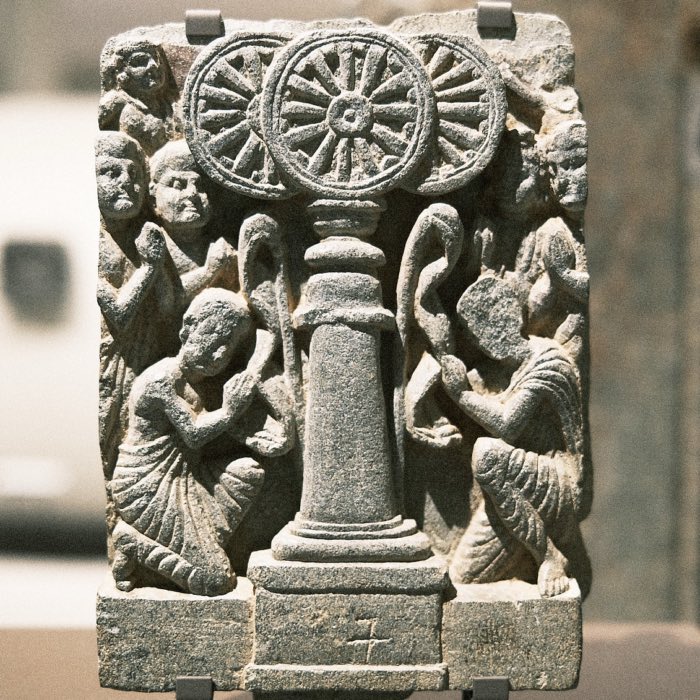
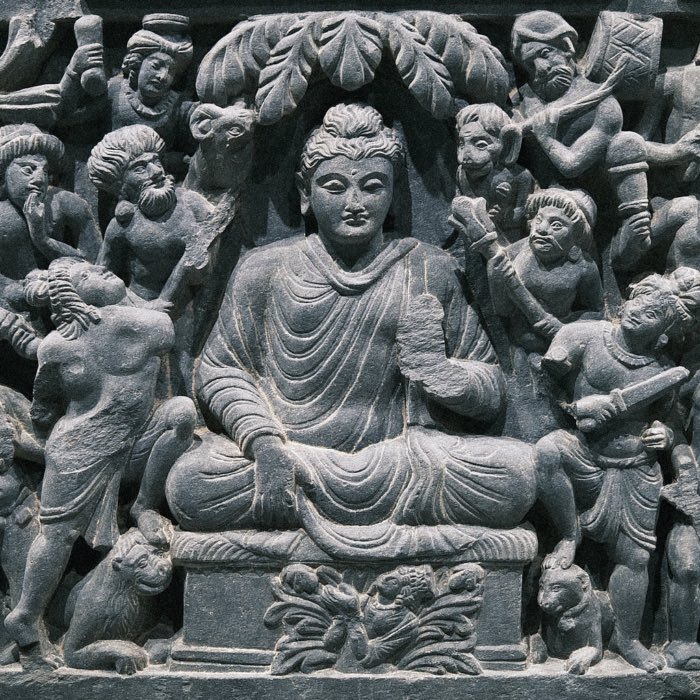
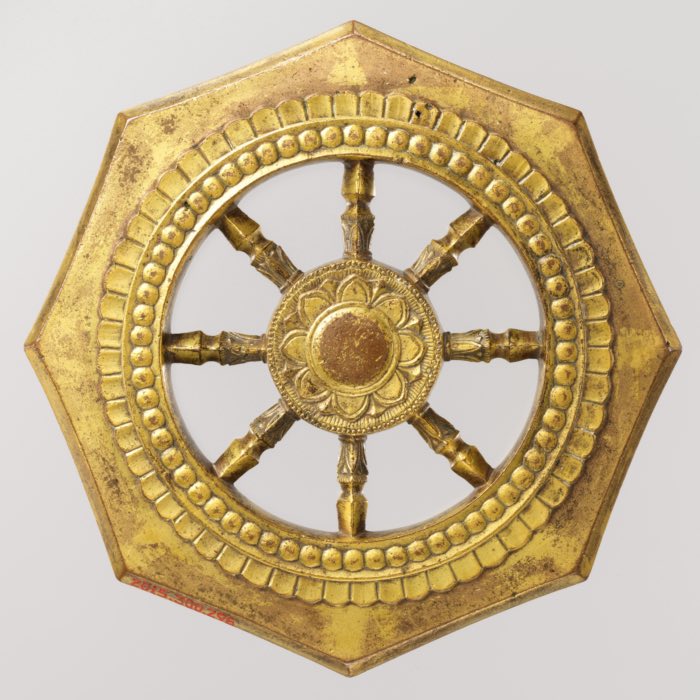
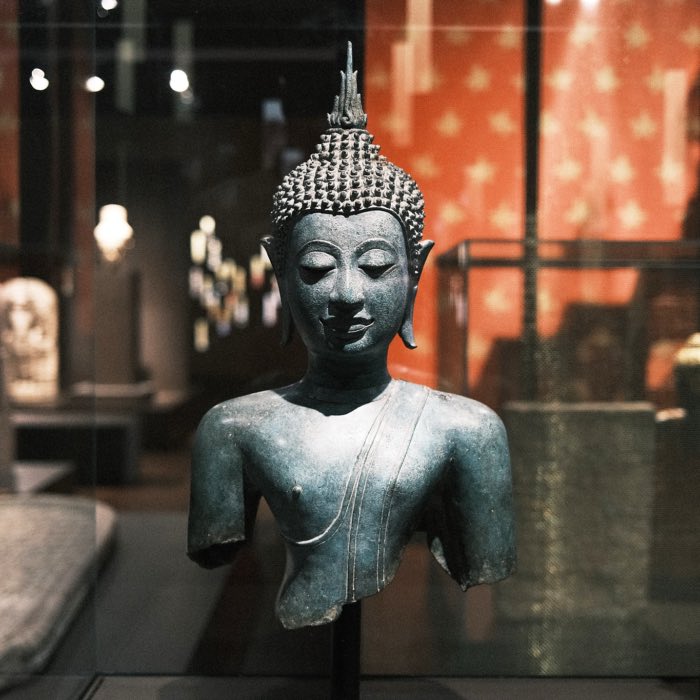
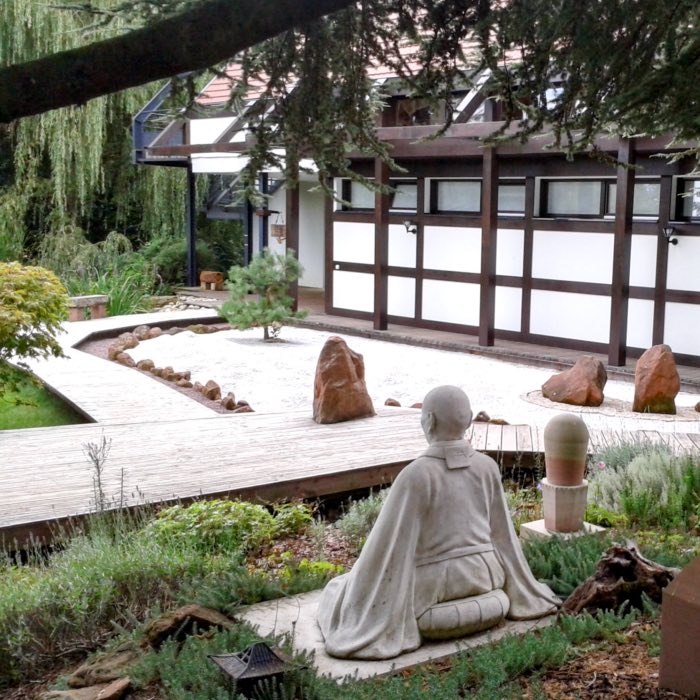
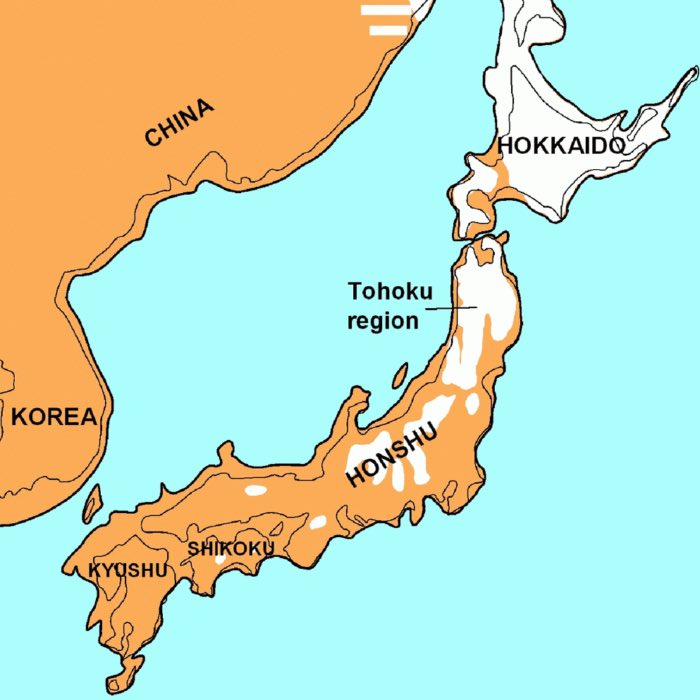
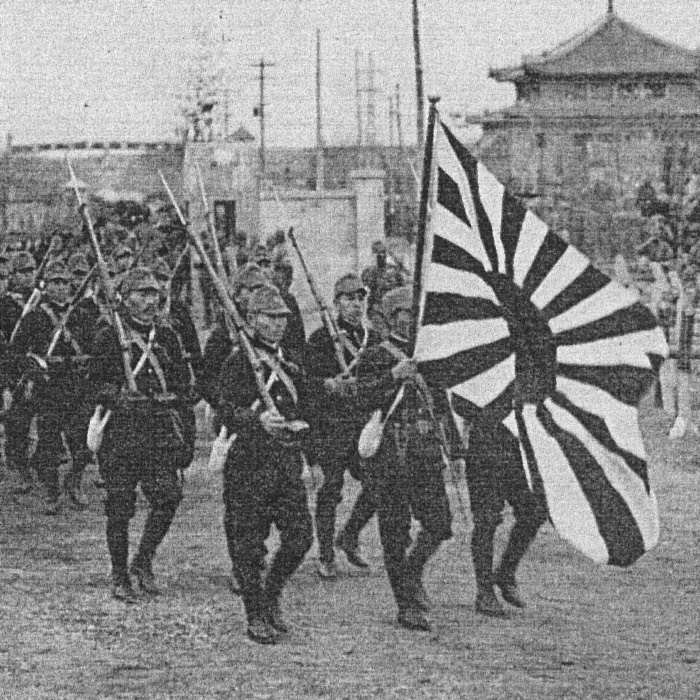







comments